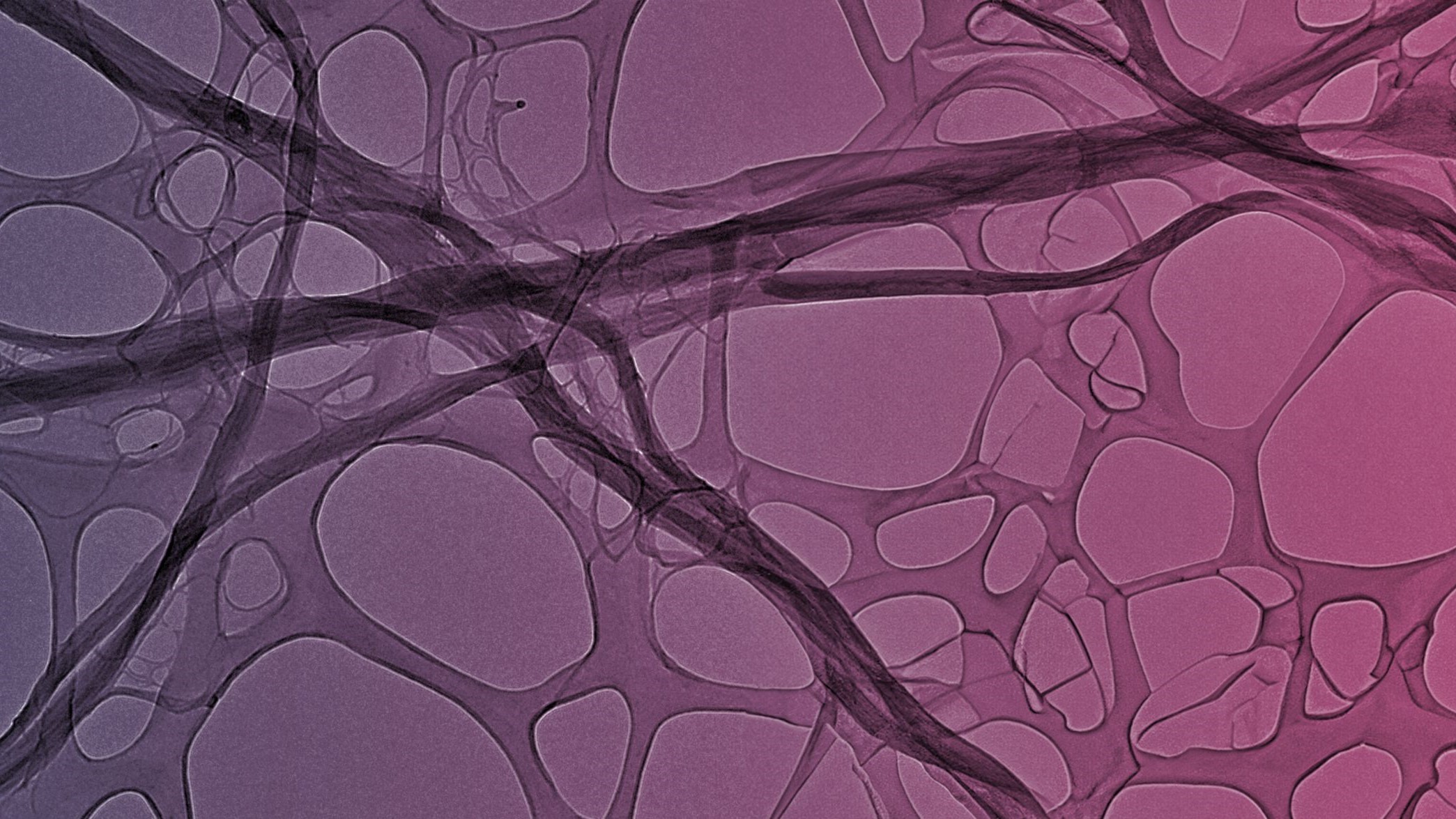SSbD4CheM: Safe and Sustainable by Design framework for the next generation of Chemicals and Materials

SSbD4CheM focuses on the research, development and implementation of toxicological screening methods and new methodological approaches oriented to the development of safe and sustainable materials based on the criteria of the proposed European framework for the assessment of safe and sustainable chemicals and materials by design (SSbD Framework).
It includes new tools and computational models (in silico) for the assessment of impacts on human health and/or the environment, advanced life cycle analysis (LCA) methods, and new safety assessment approaches (NAMs-New Approach Methodologies) based on the integration of highly sensitive analytical methods and in vitro assays.
Context
The ecological transition of the industrial fabric towards a toxic-free environment, understood as the development of products that are inherently safe, sustainable and circular, from production to the end of their useful life, poses various challenges of a scientific, technical and social nature, requiring a multidisciplinary approach based on the necessary integration of multiple technologies, knowledge and capabilities.
Today, access to information on chemicals, their toxicological properties and their impact on the environment has improved considerably thanks to initiatives such as the REACH Regulation, the IPCHEM Platform, the Life Cycle Data Network or the efforts of the European Environment Agency (EEA), highlighting also the role of the European framework of “safety and sustainability by design” proposed by the European Commission through the recommendation (EU) 2022/2510, of December 8, 2022.
Despite these advances, and the momentum of policies such as the European Green Pact, the lack of data remains a major challenge for scientists, risk assessors and risk managers, who need complete and accurate information to make informed decisions about the risks of chemicals.
Summary and objectives
The strategic objective of SSbD4CheM is to develop and implement screening and testing methods for the development of safe and sustainable materials in three key industrial sectors: textile, automotive and cosmetics. These sectors will serve as case studies for the subsequent application and standardization of the new methods. Materials and chemicals evaluated include PFAS-free textile coatings and natural fibers used in various composites:
The screening and testing methods focus on three main areas:
- physicochemical characterization, analyzing chemical and structural properties linked to the impact on health and the environment
- risk assessment, covering both human exposure in manufacture and use, as well as toxicity and ecotoxicity aspects of the materials
- the use of computational tools (in silico) as alternatives to experimental methods.
For each demonstrator an SSbD assessment is carried out based on both existing data and new information generated from the studies performed.
The project’s achievements will be accomplished through several specific objectives:
1. to create a set of tools and methods aligned with European “safety and sustainability by design” framework to develop new generation chemicals and materials, such as renewable composites, PFAS-free textile coatings and nanocellulose as an additive.
2. Propose an effective hazard screening tool that combines in silico tools and multi-criteria analysis to evaluate new chemicals and materials.
3. To develop an advanced ex ante Life Cycle Assessment (LCA) method, supported by modeling and the use of computer tools, to obtain missing data on new materials and substances.
4. Use new methods and approaches for the evaluation of advanced chemicals and materials to analyze their safety, emissions and consumer exposure limits.
5. Adapt new in vitro methods without animal models for hazard and exposure studies in the life cycle of the product.
6. To harmonize and standardize the methods and procedures used.
Consortium
The SSbD4CheM consortium brings together a set of 19 partners, including universities, research centers and companies, distributed across 14 countries.
- VLAAMSE INSTELLING VOOR TECHNOLOGISCH ONDERZOEK N.V. (Coordinator) (Belgium).
- KOMPETENZZENTRUM HOLZ GMBH (Austria).
- FRAUNHOFER GESELLSCHAFT ZUR FORDERUNG DER ANGEWANDTEN FORSCHUNG EV (Germany).
- LUXEMBOURG INSTITUTE OF SCIENCE AND TECHNOLOGY (Luxembourg).
- INSTITUTO TECNOLÓGICO DEL EMBALAJE, TRANSPORTE Y LOGÍSTICA (ITENE) (Spain).
- KEMIJSKI INSTITUTE (Slovenia).
- HOCHSCHULEN FRESENIUS GEMEINNUTZIGE TRAGERGESELLSCHAFT MBH (Germany).
- ASSOCIATION FOR THE PROMOTION, RESEARCH, DEVELOPMENT AND TECHNOLOGICAL INNOVATION OF THE FOOTWEAR AND RELATED INDUSTRY OF LA RIOJA (Spain).
- NOVAMECHANICS MONOPROSOPI IKE (Greece).
- BIONANONET FORSCHUNGSGESELLSCHAFT MBH (Austria).
- POSTNOVA ANALYTICS GMBH (Germany).
- ENTELOS INSTITUTE LTD (Cyprus).
- UNIVERSITEIT LEIDEN (The Netherlands).
- CENTRO RICERCHE FIAT SCPA (Italy).
- AHAVA DEAD SEA LABORATORIES LTD (Israel).
- KORTEKS MENSUCAT SANAYI VE TICARET ANONIM SIRKETI (Turkey).
PARTNERS
- TOFWERK AG (Switzerland).
- EDELWEISS CONNECT GMBH (Switzerland).
- UNIVERSITY OF LOUGHBOROUGH (United Kingdom).
ITENE’s role
ITENE will work on the definition of safety and sustainability criteria and indicators for the implementation of the Safe and Sustainable by Design (SSbD) concept promoted by the European Commission within the Chemicals for Sustainability Strategy, the development of mathematical models for the assessment of exposure during the production and use of chemical compounds and materials, and the coordination of the assessment of the environmental impacts during the life cycle of the products to be developed in the framework of the project.




